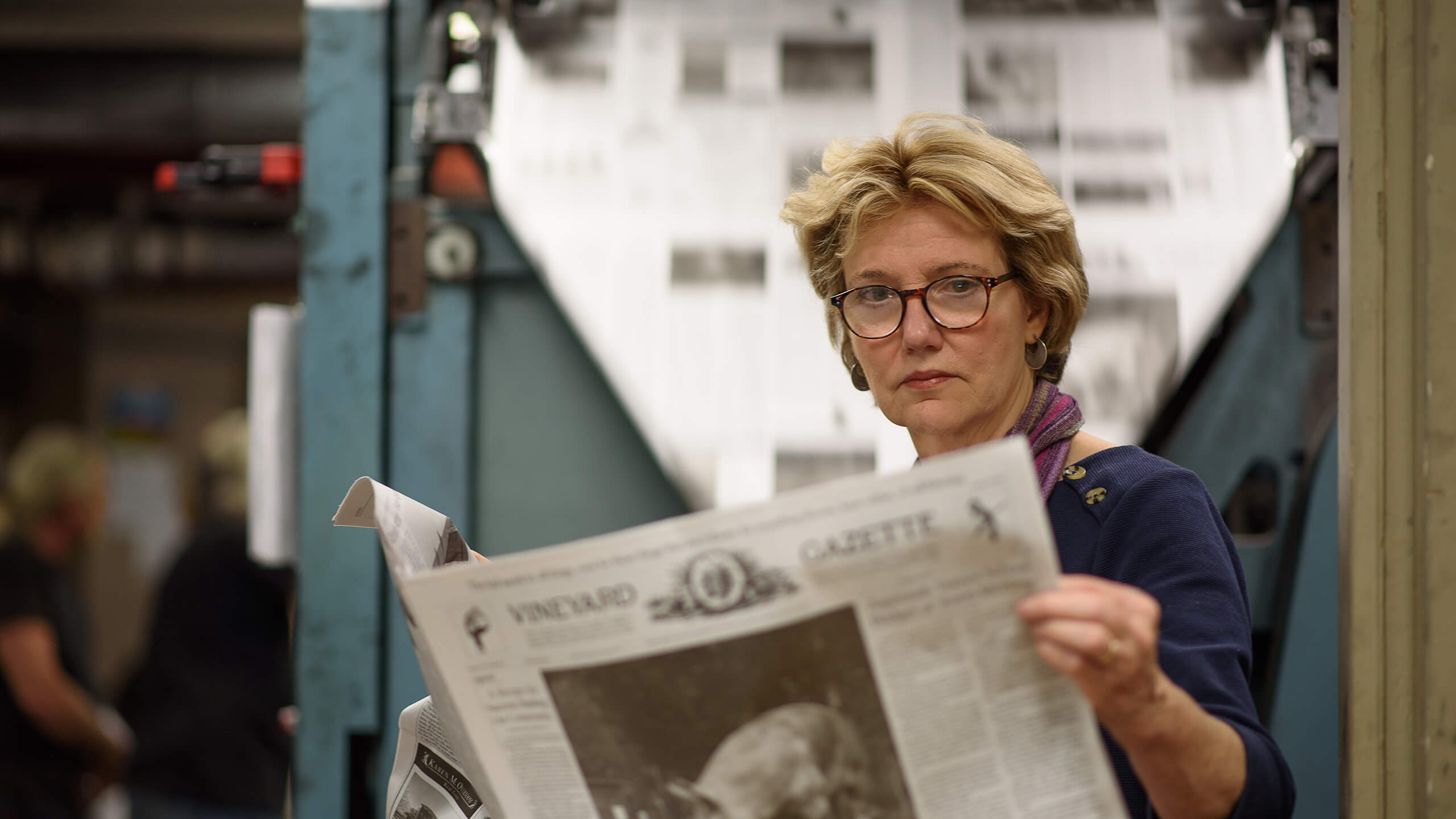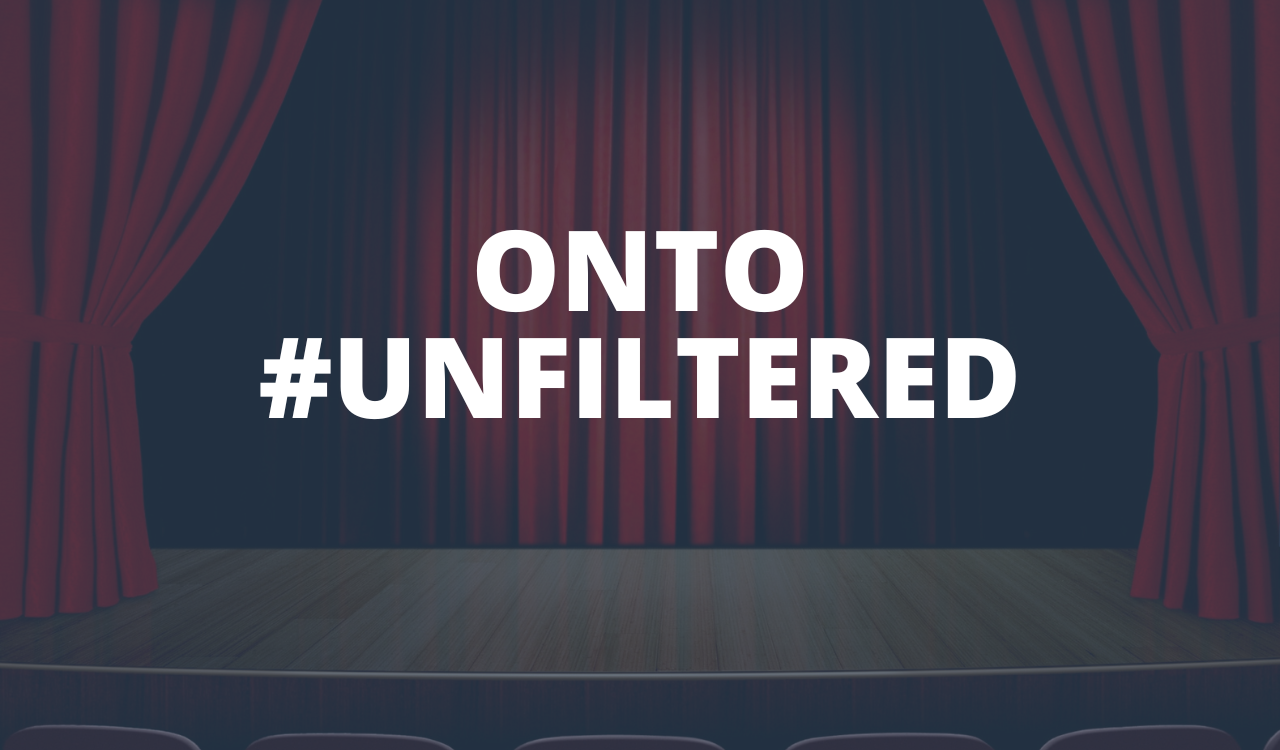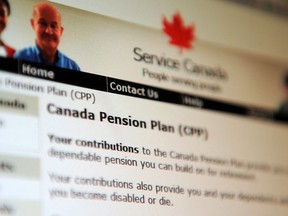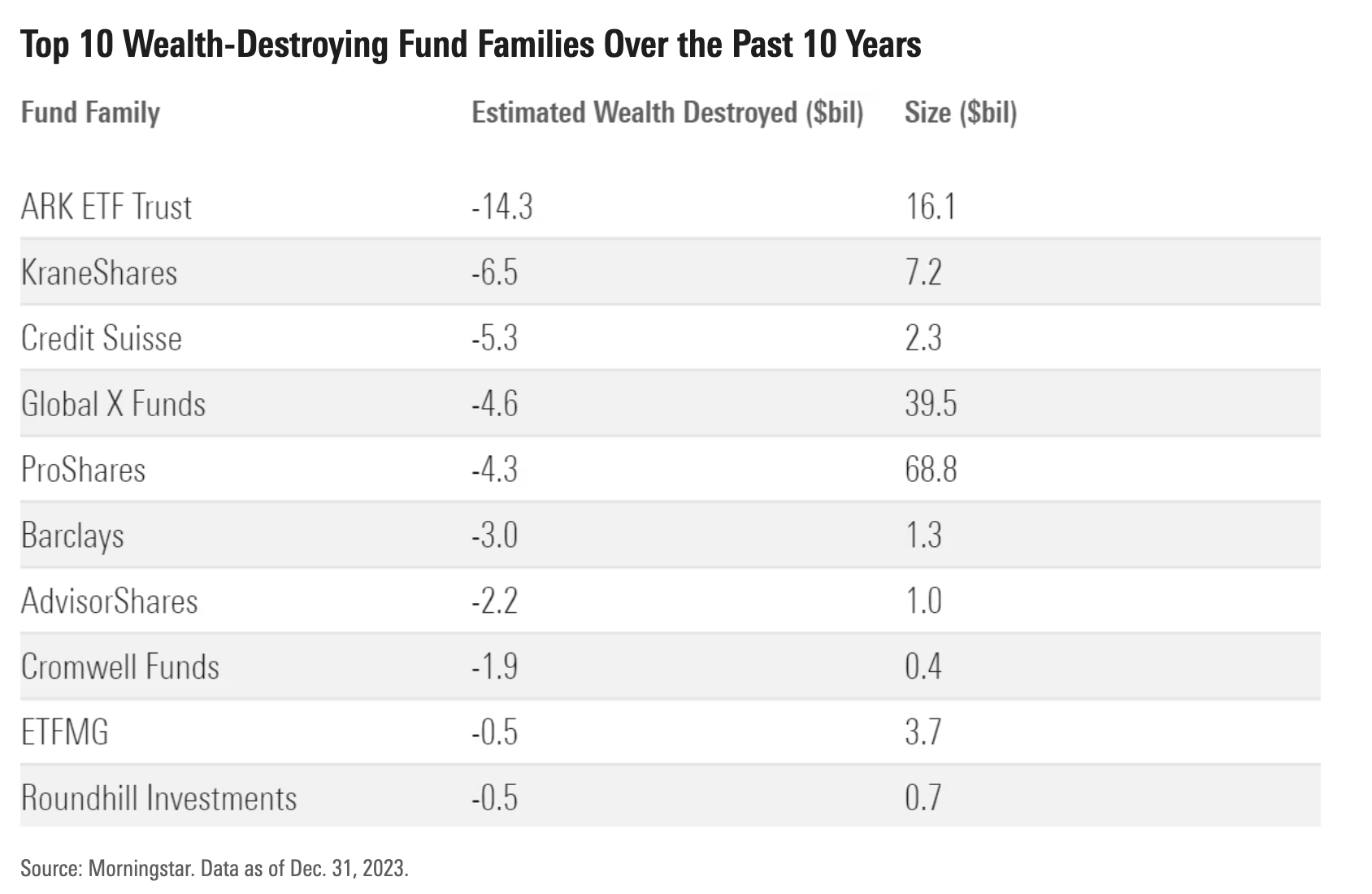rewrite this article, remove all links, and reformat it
Those dedicated readers form a solid subscription base, generating revenue that the Gazette has augmented with periodic specialty publications about weddings, real estate, and tourism. Plus, being on an island 7 miles off the coast helps keep down competition, Seagrave says. It also helps that the Gazette has stable owners: In 2010 it was purchased by billionaire businessman and Vineyard resident Jerome Kohlberg, Jr. (the first “K” of investment giant KK&R). It is now owned by a nonprofit corporation chaired by Kohlberg’s daughter Pamela. Kohlberg, who died in 2015, also bought the Gazette‘s building and donated it to the Martha’s Vineyard Historic Trust, preserving and protecting it from venture capital firms that might covet it as real estate. (The average home price on the Vineyard is now around $2 million.)
When she attended the Kennedy School, Seagrave wasn’t planning to work in the business side of publishing. A reporter and editor for the Associated Press, she thought a degree from HKS would make her a better political journalist. “But at the Kennedy School, you know, they tell you to play to your weaknesses,” she says. “And my weaknesses really were the numbers. So I took a bunch of financial management classes.” She eventually returned to the AP in 2003 as a vice president of product development and chief revenue officer, just in time to see internet giants like Google and Facebook beginning to bleed news organizations of both their customers and their advertisers.
“It was the dawn of the technology companies really eating our lunch,” she says. “A lot of my career at the AP was trying to get licensing dollars out of companies that were effectively, in my opinion, stealing our content. And for a while it worked: We got Google to give up $30 million one year. Then they got their lawyers together and said, ‘No, we have fair-use rights to this content.’ That’s one of the reasons I finally left—it was so frustrating, and we could not get our point across.”
That trend continued. According to Gibbs, newspapers were once a $100 billion business in America, but that figure has shrunk to just $17 billion today. “You don’t think of Amazon as an advertiser, but Amazon alone makes more money in advertising than every newspaper in the world put together,” she says. “Google’s advertising business is now north of $200 billion.”





